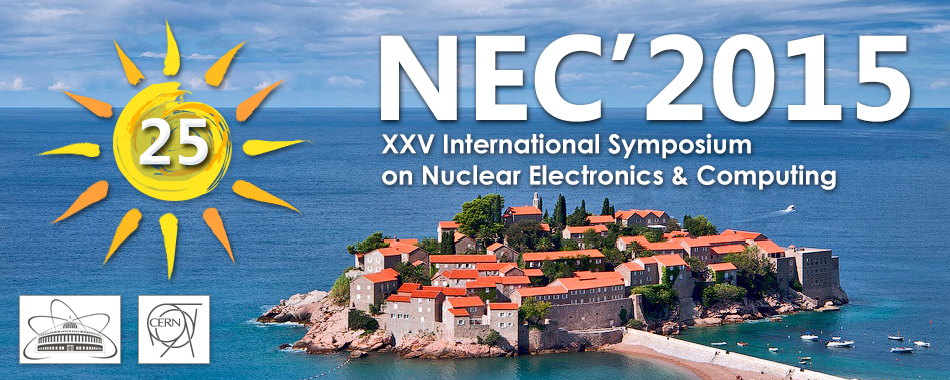Speakers
Ms
Ksenia Klygina
(JINR)Ms
Victoria Belaga
(JINR)Prof.
Yury Panebrattsev
(JINR)
Description
One important aspect in the pedagogy of modern education is the integration of technological elements of modern science into the educational process. This integration has given rise to what has become to be referred to as blended learning. In this report we focus on the hardware-software complex “Virtual Laboratory of Nuclear Fission” as an example of incorporation of current scientific data into the educational process.
This project uses experimental data of the Light Ion Spectrometer (LIS) from Flerov Laboratory of Nuclear Reactions, JINR. This project is a joint collaboration between MEPhI (Russia), JINR (Russia) and Stellenbosch University (South Africa).
The physical process of spontaneous fission has been selected, and it was performed modeling and visualization of all the stages of experiment realization, taking of experimental data and their analysis. Virtual Lab includes training materials on the project, a set of interactive laboratory works, 3D models of detectors, interactive quizes and interactive job processing real experimental data from LIS setup using the platform ROOT.
An important feature of this project is a combination of hands-on and virtual practicum approach. In this approach students work with real physical equipment and hardware-software complex “Virtual Laboratory of Nuclear Fission” to study the electronics and data acquisition of LIS experiment. This enables students to develop an understanding of principles of work and typical ways of exploitation of different blocks of electronics as training for their independent work with real physical equipment.
At present we are developing new possibilities in the integration of the hardware and software elements of “Virtual Laboratory of Nuclear Fission”:
1. The Virtual Lab makes use of input signals from modern particles detectors, digitized using modern CAEN 5GHz digitizer.
2. It provides students with new possibilities of developing and their own components, described as physical processes as signals from detectors. These possibilities allow the Complex to be an open system for various student exercises.
3. Student labs practicum supplementing this Complex with real physical equipment form an essential and critical aspect in the training and development of young experimental scientists
The project is comprised of three educational levels:
• Elementary level. At this level the objective is to stimulate interest amongst the students, to give students an idea about the studied phenomena and to expose students to some of the most important aspects in modern nuclear physics. A typical target group at this level is school leavers, undergraduate students and student practice.
• Post graduate level. The goal at this level is to study interactively typical nuclear detectors, different blocks of nuclear electronics and the most important methods of experimental data processing.
• Professional level. It’s designed for PhD students at the final level of training before independent work and as a training for the successful work in the scientific collaborations. Software environment at this level provides the functions of the simulator. Usage scenarios have to implement the quintessence of the experts experience actually working in the experiments.
In the framework of this project some international student practicums on experimental nuclear physics were held. Students studied principles of exploitation of various electronics blocks, worked with different types oscilloscopes (old analogues and modern digital), observed and studied signals from different detectors, made some calibrations and analyzed experimental data.

